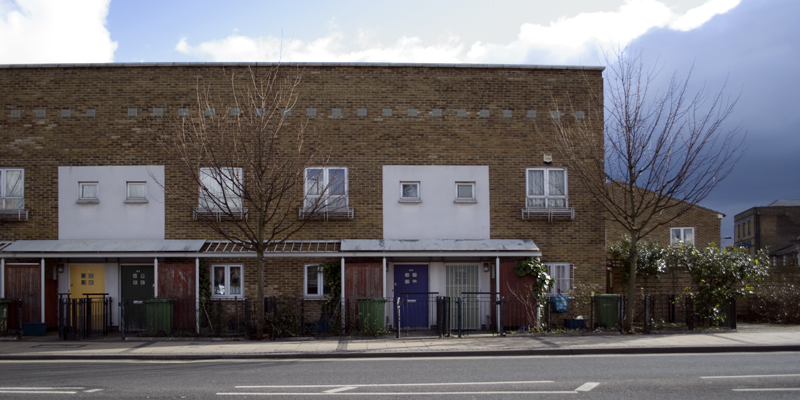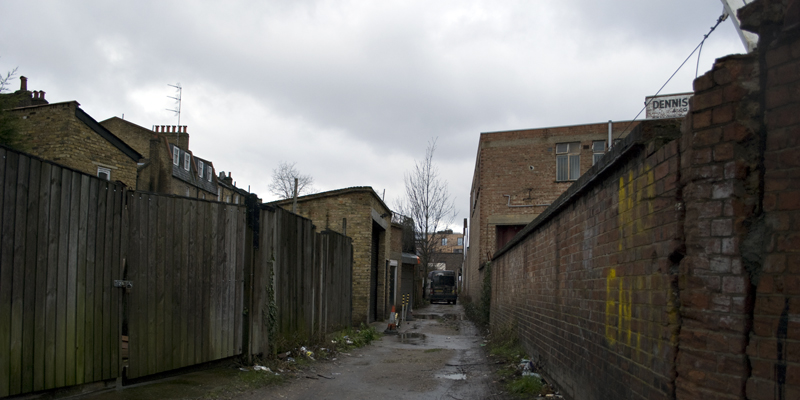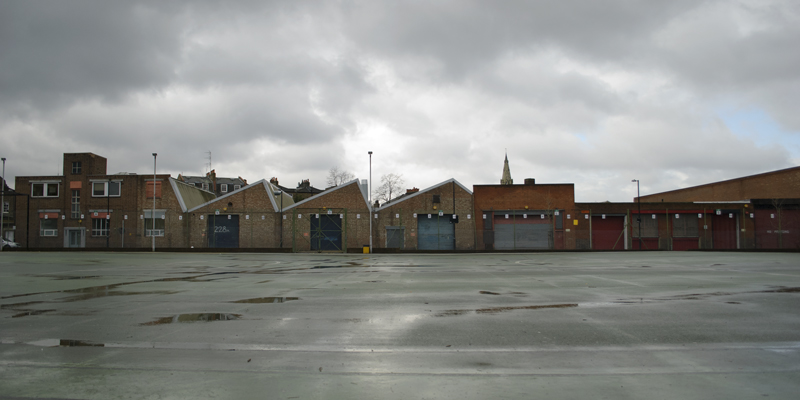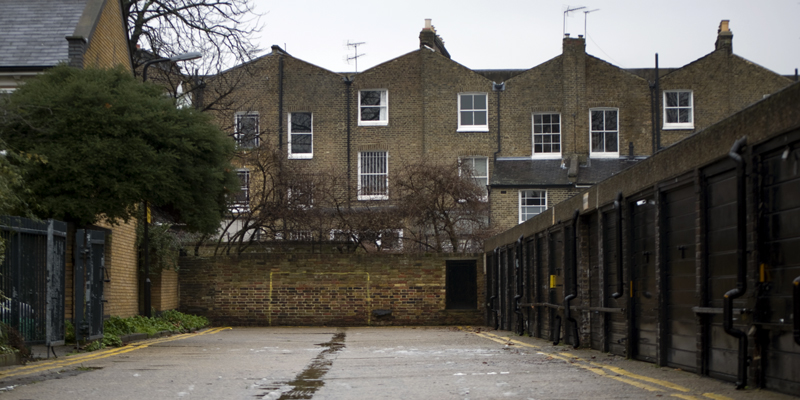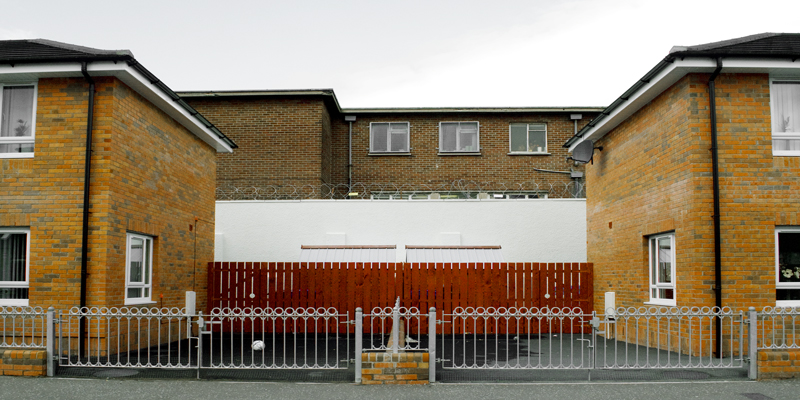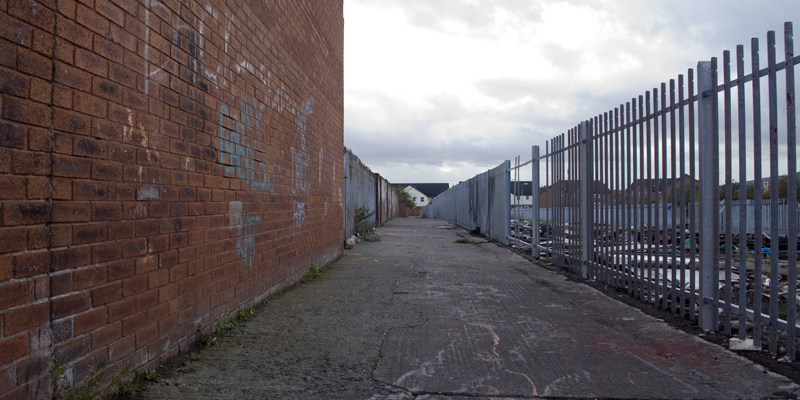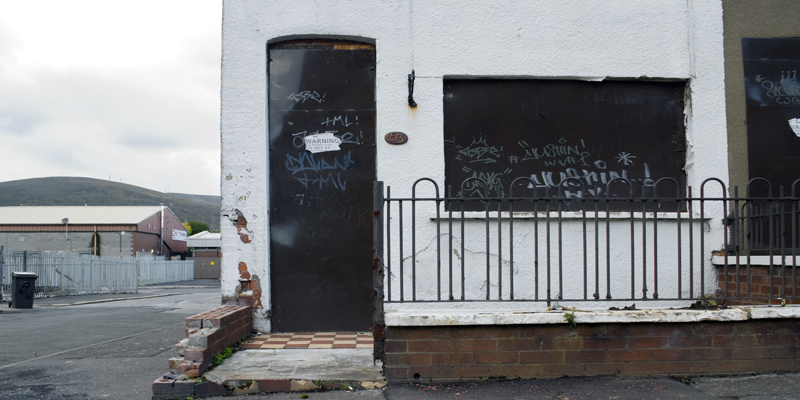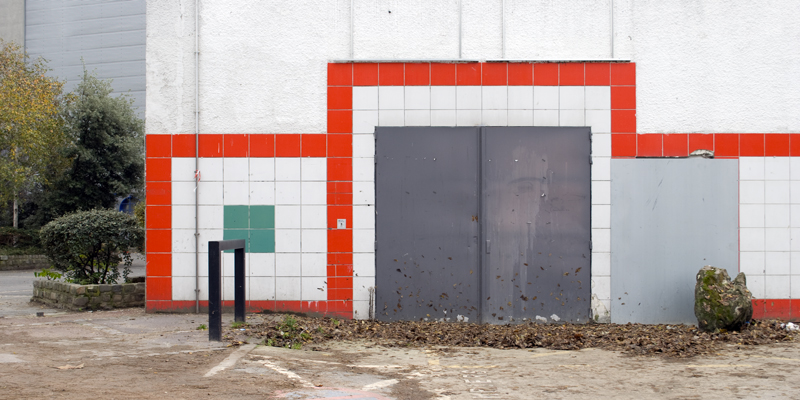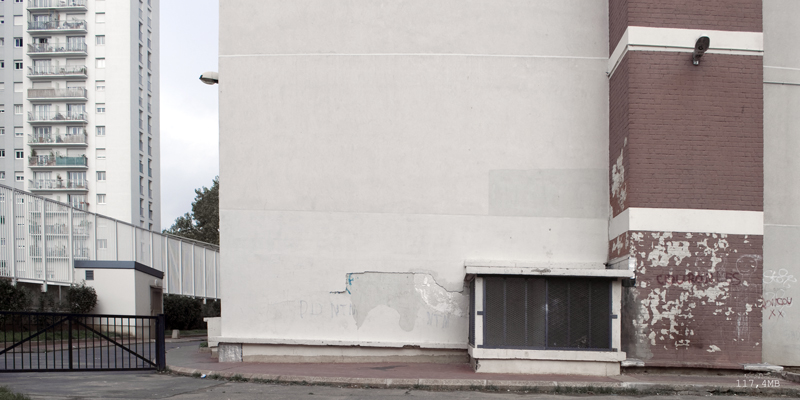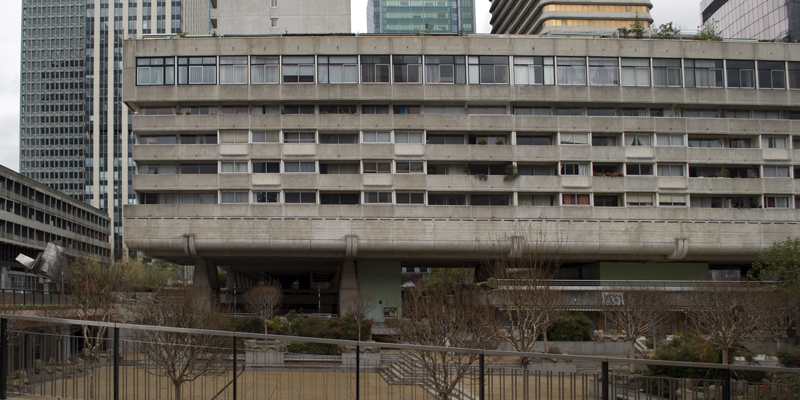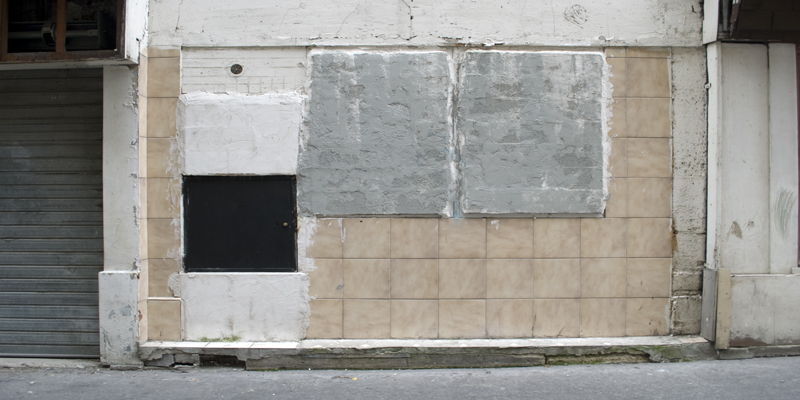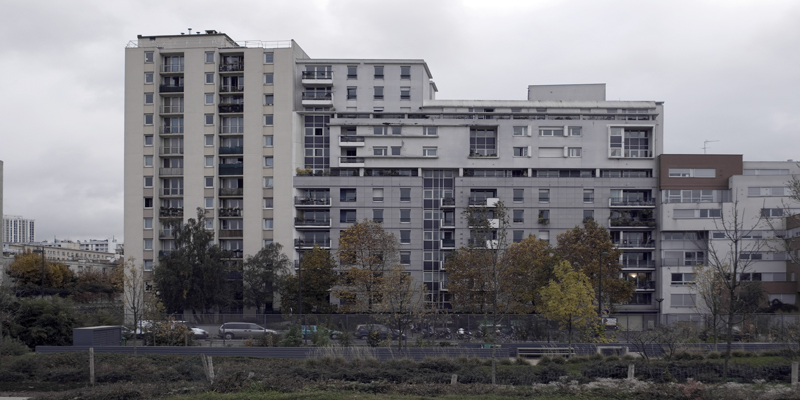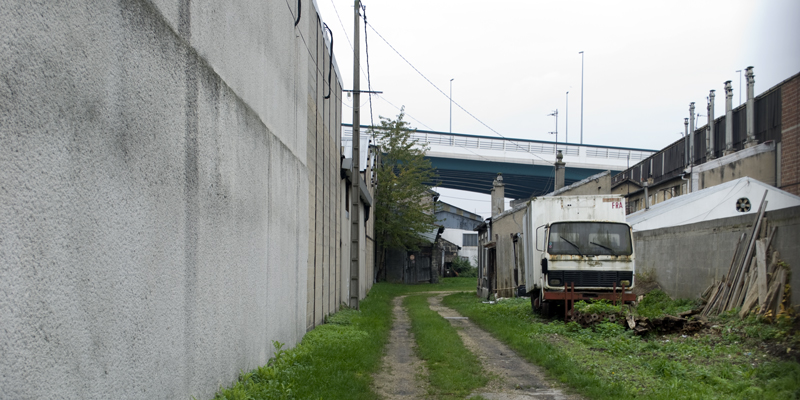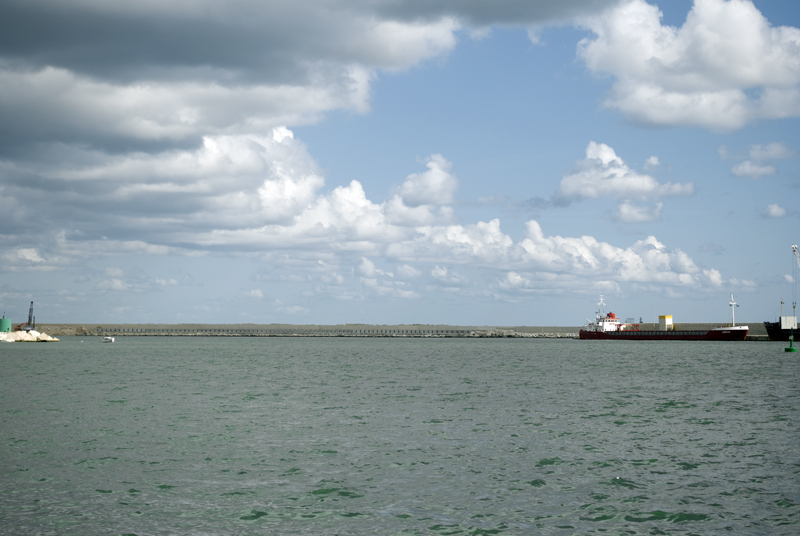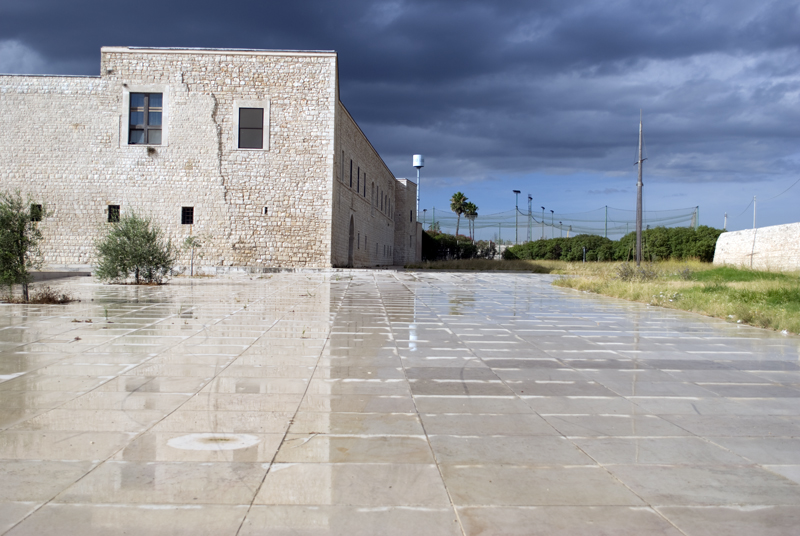2009 - _
[ Photography ]
print on recycle paper A3
Over the past twelve years, I have immersed myself in the physical exploration of landscapes, engaging in a series of walks and hikes through urban environments while documenting my observations with photography. This trekking project commenced in 2009 in London, where I transformed the mundane nature of my daily commutes into a profound journey of discovery. During moments of waiting and travel, I uncovered the genuine joy of wandering through unpredictable landscapes. What was once passive time became an active pursuit of knowledge and experience. Coming from a small town nestled among mountains and lakes, adapting to the urban rhythm of London was seamless for me. The city became my outdoor sanctuary, a place where I could embrace the elements, rain or shine. I found the delicate interplay of light and weather in the UK utterly captivating. The atmospheric conditions—moist air and the soft, low winter light—fueled my creativity. I began to document my journeys meticulously, capturing images, creating maps, and collecting artifacts like postcards and news articles, all while jotting down thoughts in a sketchbook. This practice nurtured a deeper awareness of my environment, allowing me to perceive the intricate ecosystems around me beyond their demographic facades. What moved me most profoundly was the way light interacted with architecture. I felt a powerful connection to the urban landscape's functional designs, particularly in social housing and brutalist structures. Unlike a fleeting tourist, I approached these concrete monoliths with a personal lens, experiencing a blend of awe and vulnerability. My daily walks morphed into meaningful odysseys, where the act of navigating to a destination became an enriching exploration of the unfamiliar and a pathway to continuous learning. I focused my documentation on specific weather conditions and the changing quality of light. My photographic style embraces a unique viewpoint—kneeling with my camera below horizontal lines to capture a central perspective. Each image is a testament to how light and weather shape not only architecture but also my bodily experience within these environments. Since 2009, my journey has taken me across various countries and cities. My early trekking experience in London inspired me to explore diverse locations, from Northern Ireland to a quaint hamlet in southern Italy, and cities like Paris and numerous places in the US. Through these experiences, I realized that while I maintained a consistent observational stance, every location offered its own distinct qualities. This uniqueness stems from a place's geographical identity, climate, demographics, political climate, and the environmental stewardship we prioritize for both living organisms and our shared land. What is vital to understand is that this project has no definitive conclusion; it mirrors the boundless nature of our globe. The exploration of living ecosystems cannot be confined to merely ten locations. Nevertheless, two critical insights have surfaced: 1. Political borders are mere constructs born from power struggles, lacking true meaning in the face of our interconnectedness. 2. In Western societies, we often draw stark lines between center and periphery, yet the reality is far more intricate—peripheries exist within centers, just as centers are embedded in their peripheries. This understanding compels us to reconsider our perceptions and relationships with both our environments and one another.

